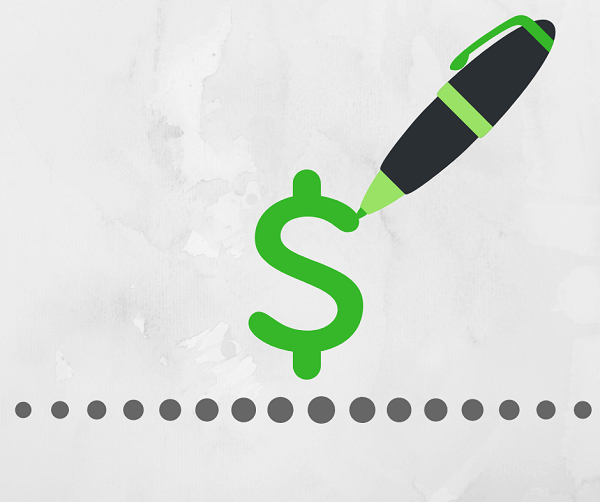
Flickr user frankieleon
Don’t be one of those students who automatically assume that they are stuck with their original loans until they pay them off. Believing this myth has resulted in students unnecessarily paying thousands of dollars extra by way of higher interest rates on their original loans.
The fact is there are ways you can exchange your original high-interest loans for new loans with lower rates of interest. Two of the most common and easiest ways to do this are by opting to refinance or consolidate your original student loans.
Refinance Student Loan
If you are earning a steady income, have a low debt-to-income ratio and have a good credit score, most private lenders will pay off your original student loans and offer you a new loan at lower interest rates. This is known as refinancing. Your refinanced loan is considered as a completely new loan, with terms, conditions and interest rates that are different from your original loans.
The goal with student loan refinance is to avail of lower interest rates or to lower your monthly payments to make them more manageable.
Student Loan Consolidation
If managing multiple loan payments every month is a constant struggle for you, you can choose to combine all or some of your original loan into one new loan. This allows you to handle only one loan payment every month. The consolidated loan is considered as a new loan. The interest rate on this new loan is the average of all the original loans that you consolidated.
The goal of student loan consolidation is to make it easier to manage monthly payments. Check out College Raptor’s free guide to refinance and consolidation!





